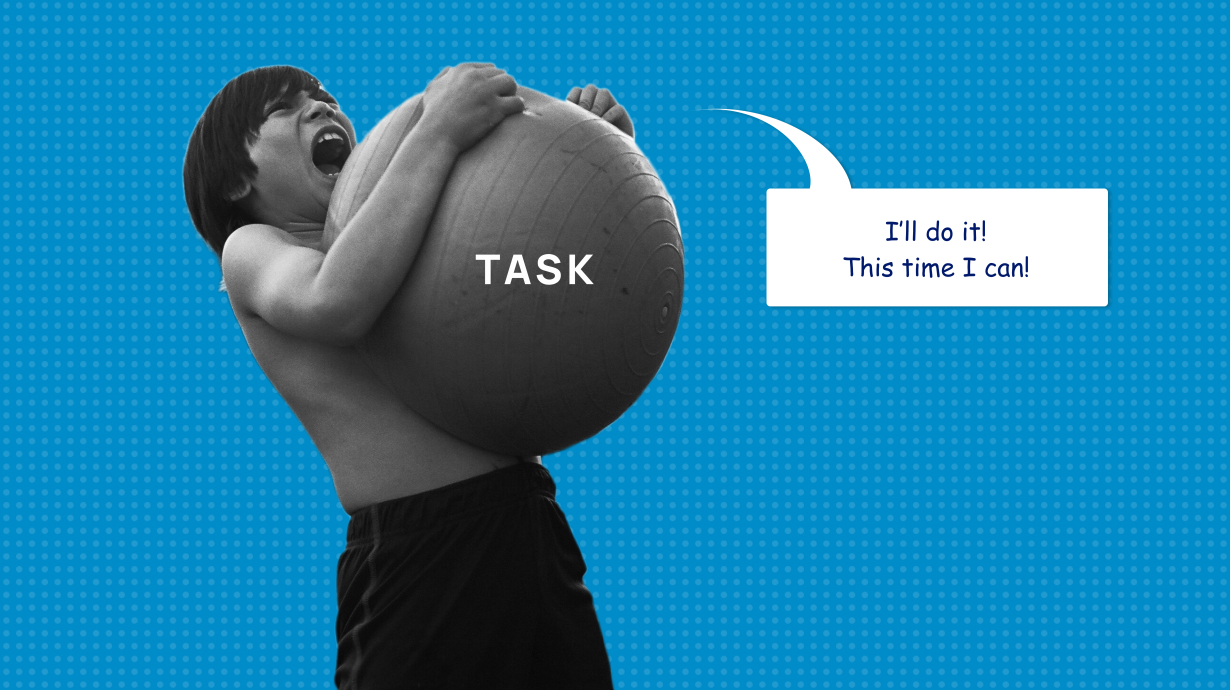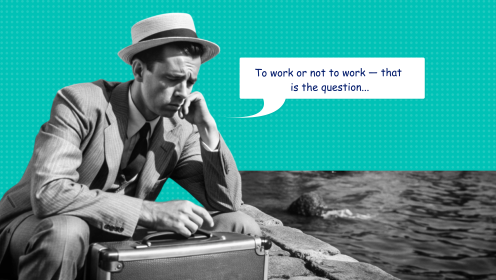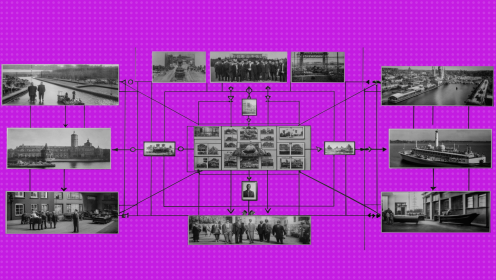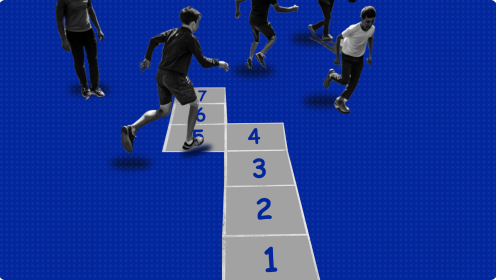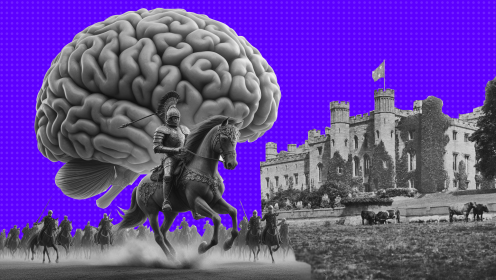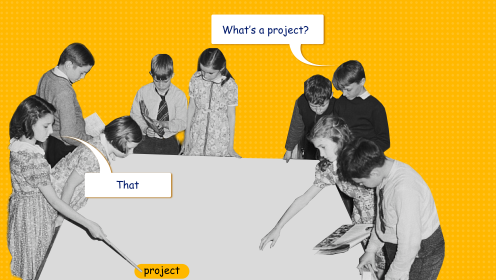You can treat the Gorbunov Bureau and its apologists differently, but you can't deny them one thing — the Bureau knows how to clearly formulate ideas and adhere to them. This also applies to the FFF methodology (which, however, was invented in 37Signals), and the principles of "doing ≠ completing" or "the performer understands the task". The last principle is especially important. Few people try to solve the client's task, and not just do it . And that's the problem.
Why should you understand the task
In an ideal world , working on a task happens like this:
- the client sets the task to the performer,
- the performer does the task,
- the client accepts the result and everyone is happy.
But in reality, the client does not accept the task because the performer did something wrong. The performer redoes, the client is dissatisfied again, the alteration is again, and so on until the client and the performer come to a compromise or quarrel. This is due to the fact that the client and the performer look at the task differently:
- most often, the client does not go into details much (and if he does, he says that he wants, but not about what problem needs to be solved);
- even if the client gives the performer the most detailed TK in the world, he can still understand everything in his own way (but not because he is a fool, and then that all people are different).
I have it so often at home. For example, my wife asks me to buy yogurt on the way back from work. I bring drinking yogurt, and she is unhappy — she needed yogurt in a cup to dress the salad. As a result, we are both upset and don't talk to each other for an hour. The problem is in her as a client (she did not explain clearly enough what kind of yogurt to buy), but for the most part in me as a performer — I did not ask clarifying questions, did not understand the task. And if in family life you can tell the client that it's her fault - she explained it badly — then at work the performer is always to blame in such a situation.
The performer must always understand the task.
The only way for the performer to make sure that he understood everything correctly is to ask the client questions and voice (or write) his understanding. If the client confirms, you can safely get to work.
Questions for Task Understanding will help not only the performer, but also the client to understand exactly what needs to be done to solve the problem. Perhaps my wife would be better suited for salad dressing not yogurt, but a special mixture. If I had asked her why she needed yogurt, I would have been able to solve the problem, and not just complete the task.
As you have already understood, the client and the performer can be anyone at all. A teacher who asks a student homework; a pizzeria employee who makes pepperoni pizza without pepperoni and cheese at the request of a customer; a company that ordered a website from a web studio; a wife who sent her husband to the store for bread; a father who asked his daughter to vacuum the carpet - this is all a "client—performer" relationship.
How to ask questions
Task Understanding can be approached in different ways, depending on the complexity. The main thing is to make sure that you understand everything correctly.
You can briefly ask questions in the chat, formulate the essence and agree on the terms, or you can make a detailed multi-page Google doc with a comprehensive description of the task.
For typical tasks, you may even have a list of questions prepared, the answers to which will clarify the picture. For example, the Bureau has questions that they ask clients at the very beginning. You can have the same four topics for questions:
- Business. Find out how the company works, how it earns and where it takes customers. You need to represent the company not only from the outside, but also from the inside.
- Problem. Find out more about the problem: why it arose, in what time frame it needs to be solved and why it is. You need to understand well the reasons behind the client's task in case the problem is something else altogether.
- Expectations. Find out what the client expects from the result of the task. In which case will it be considered successful, and in which not? Perhaps he has examples that he likes.
- Solution. Find out how, in the client's opinion, the problem can be solved and why. Specify who will coordinate the result, and what difficulties may arise along the way.
But it's all very roughly. In each project, in each task, the questions may be different, because different aspects will need to be clarified. The main thing is to ask questions politely and openly.
What should be in Task Understanding
To synchronize the vision, the performer describes everything he understood from the answers to the questions in a special document, which is called Task Understanding.
If the task is difficult or new for the performer, the understanding can be great. For example, you can divide understanding into five parts:
- Company. Briefly about what the client does.
- Problem. Why we need to do the task, what we plan to solve with its help.
- Task. What needs to be done to solve the problem. In what form should the result be for the client.
- Solution. Who and what exactly will do to solve the problem.
- Check. What result we expect to get. How we will check it.
But on really large and complex tasks, I prefer to stick to a slightly more detailed understanding:
- Client. What a client and project.
- Result. What measurable indicators we want to achieve. As soon as we understand what we have achieved.
- Useful action. Who needs all this and why.
- Restrictions. What technical and business constraints need to be taken into account.
- Risks. What are the risks. How to reduce them.
- Plan. Who and what exactly will do to solve the problem.
- Resources. What you need to start the work. What will be required in the process.
- Participants. Who will be responsible for what?
However, if this is a small task or a task that you have already done many times, usually a couple of sentences are enough.
When Task Understanding is ready, the contractor sends it to the client, who corrects errors and inaccuracies and coordinates. Now the client and the performer have the same result drawn in their heads.
The main thing is not to forget about understanding at all. In any case, it will help you come to the expected result in the right time: whether you are a client or a performer.








